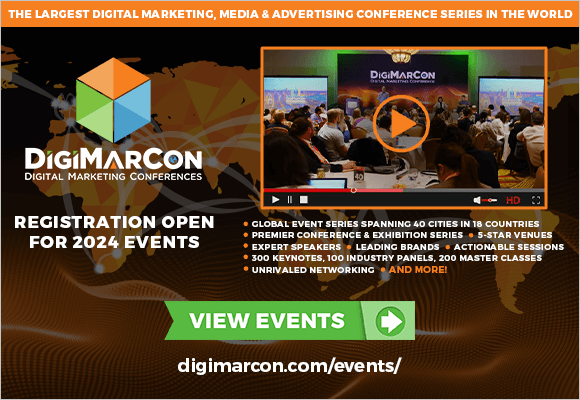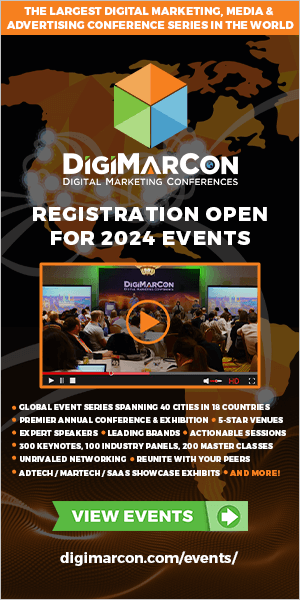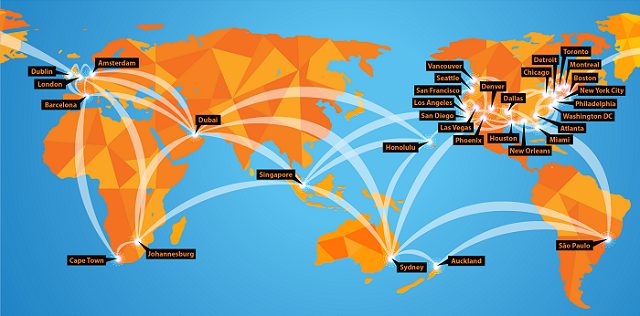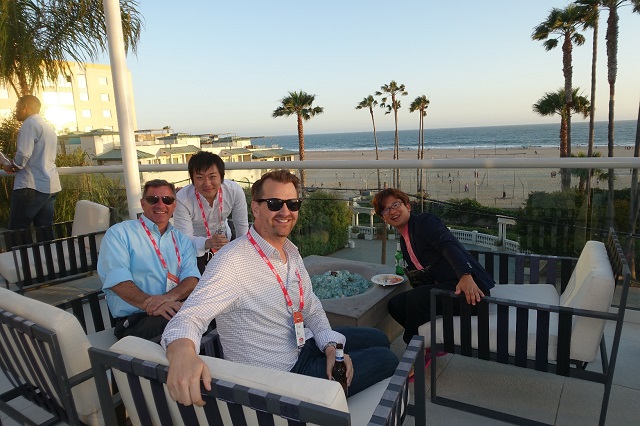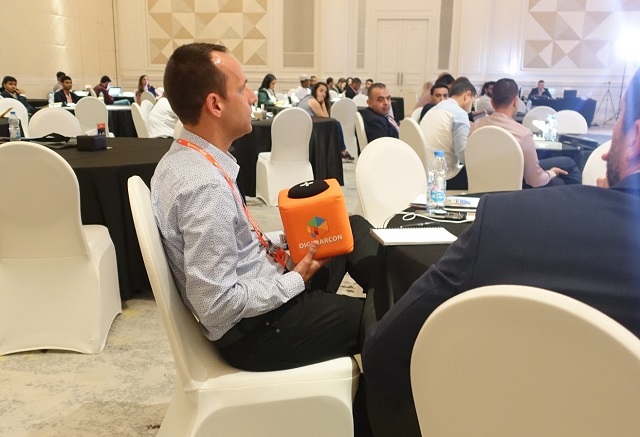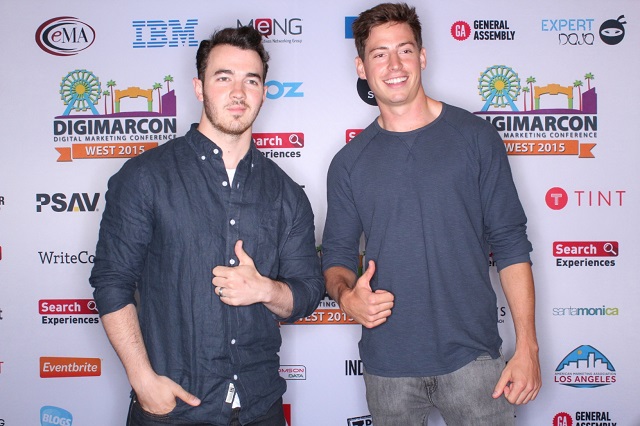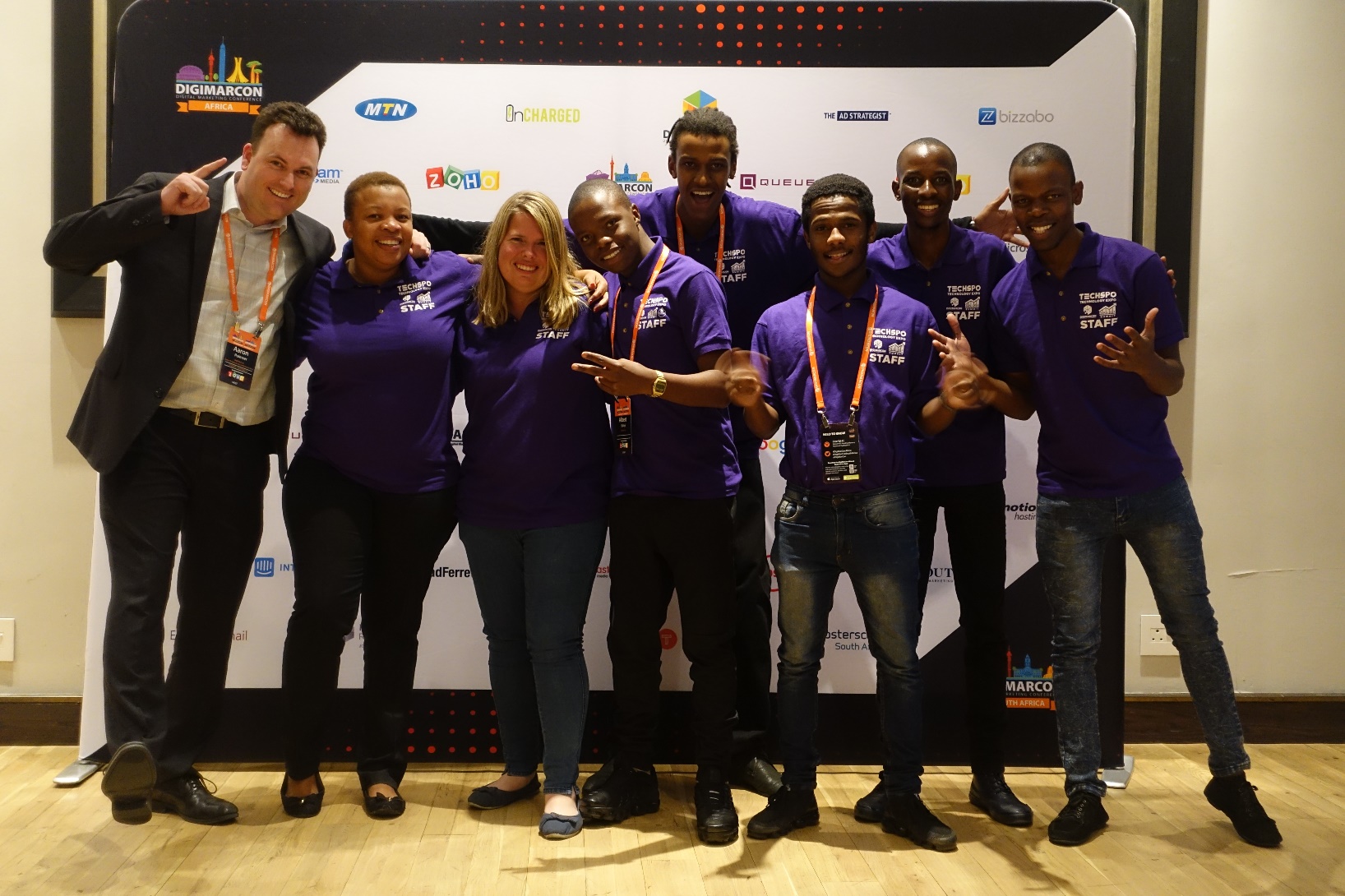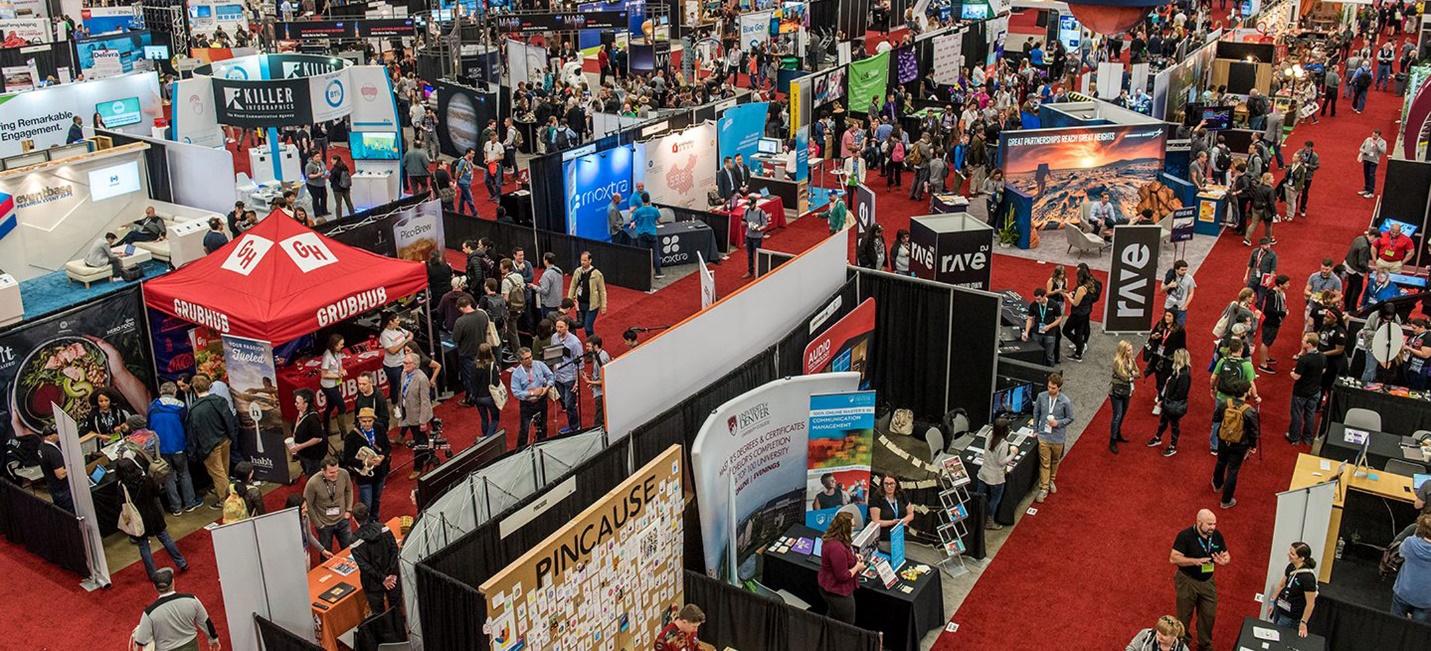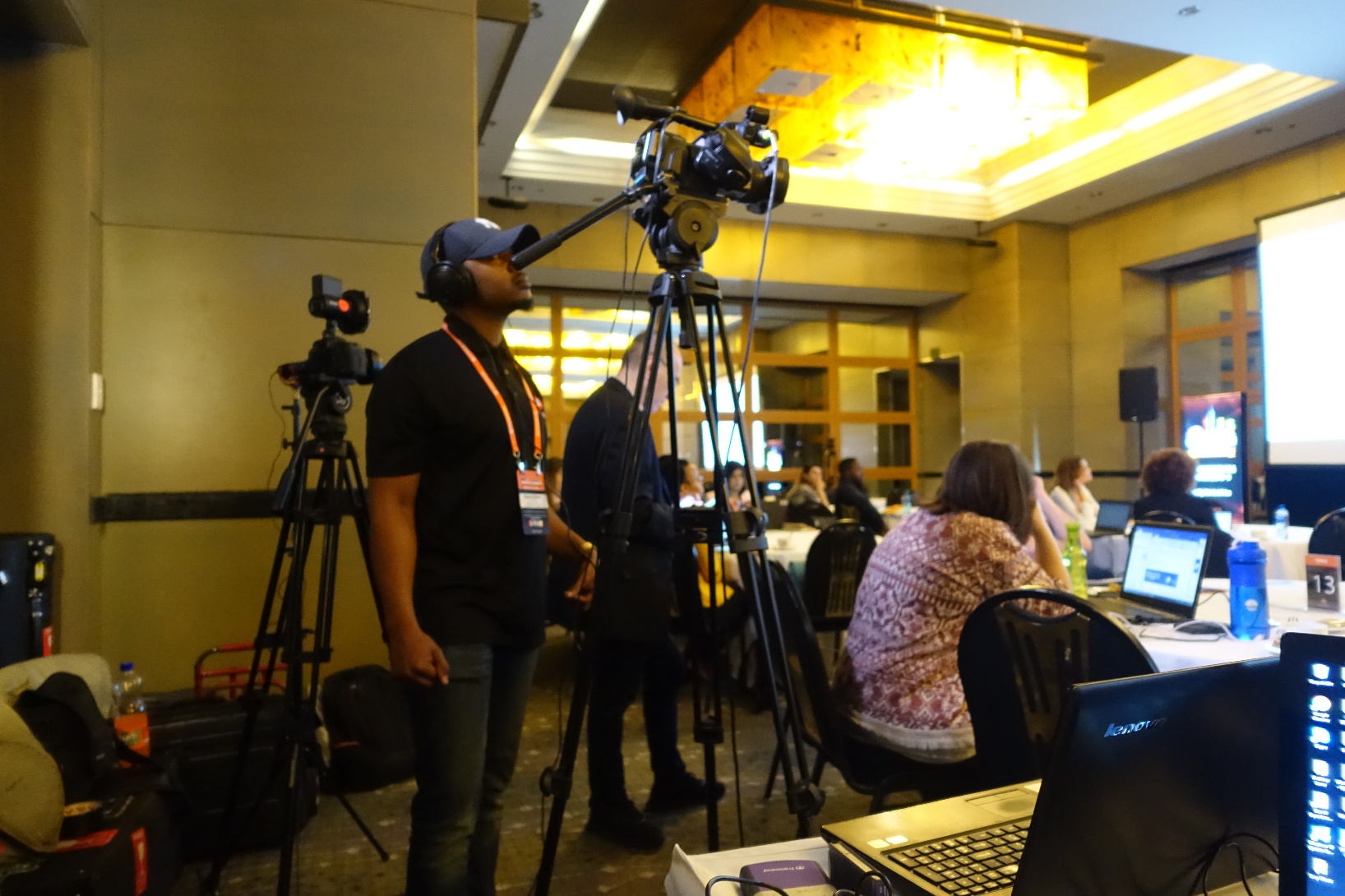How 100-year-old Architectural Digest is becoming a brand for a younger and more diverse audience
Architectural Digest’s global editorial director Amy Astley does not want the 100-year-old magazine to feel stuck in a legacy mindset.
While print subscriptions are still an increasing area of the business, she said, the brand’s digital presence and social media content have become significant ways for AD to grow a much younger and more diverse audience. Enter global digital director David Kaufman, who was brought on last year as a way to further the publication’s international expansion and global integration.
Now Astley and Kaufman are working together to create a larger audience, using all of the channels in their arsenal, including YouTube and Instagram, to fill the funnel of new viewers who have the potential to become subscribers, or become online shoppers as AD continues to build out its shoppable video and content.
In the latest episode of the Digiday Podcast, the pair discusses why the pandemic led to new opportunities for experimentation, like launching new content verticals and building out its commerce business and leaning further into platforms frequented by Gen Z and millennials.
Here are a few highlights from the conversation, which have been lightly edited for length and clarity.
AD isn’t for one audience
There’s an audience on YouTube who may not be the traditional ad audience. But I felt very strongly when I started that we needed to meet audiences where they are, and be on many platforms and not say in a rigid way that AD is only for professional decorators or very wealthy people. It’s not a growth strategy. We need to be culturally relevant. We want them to be involved in a dialogue with us and not to have it feel like a closed ecosystem.
We meet the audience where they are and people are experiencing AD in very different ways. We have the loyal print audience, and it’s growing. We know that that young person who is really loving [the] YouTube experience of “Open Door,” that may be all they need, but many of them — and the data bears this out — will go and join our Instagram and become a follower. And then that may lead them they’ll go on our Instagram story and swipe up there for our e-commerce. And maybe eventually they want to buy a subscription or maybe they won’t become a print reader. But I don’t have an end game like they must all buy a magazine.
Adding affiliate opportunities to video franchises
One of the things we’re doing is making sure that e-commerce is integrated between print and the web and digital. So for instance, we had a story in April with [Hamilton actors] Daveed Diggs and Emmy Raver-Lampman and their home was extremely beautiful and comfortable, but it actually was pretty affordable. So we created an entire separate digital piece on how to shop the look, which we hadn’t done before. It was an obvious play — everybody wants what they have, it’s pretty affordable, so let’s create another piece of content to focus on shopping.
[A …read moreSource:: Digiday


